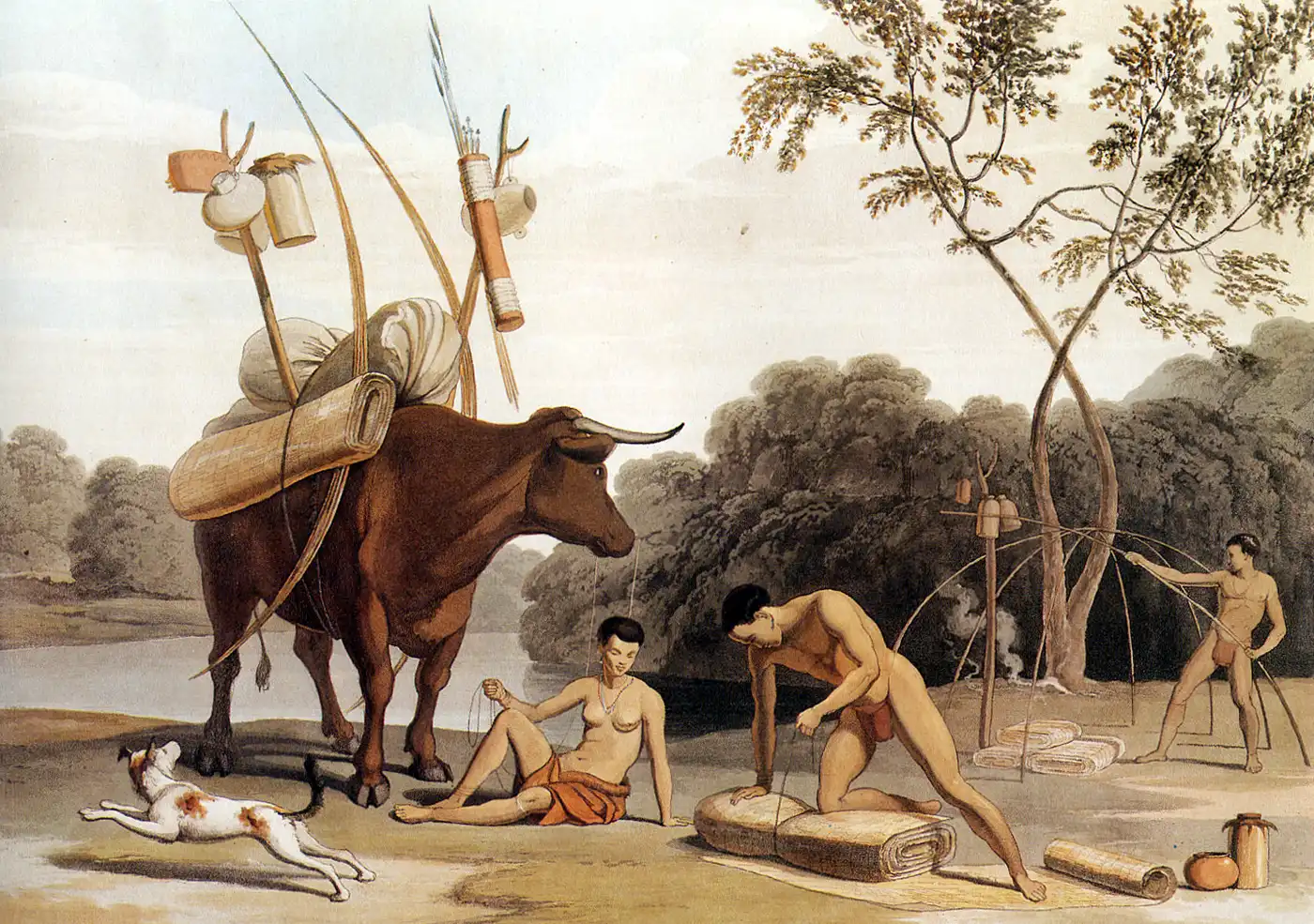New genetic analysis provides insights into the interactions and migrations that shaped ancient populations in the Caucasus and Lower Volga regions.
Key Points at a Glance:
- Ancient DNA analysis uncovers genetic diversity in early populations of the Caucasus and Lower Volga regions.
- Findings suggest extensive migration and interaction between hunter-gatherers, early farmers, and steppe nomads.
- The study challenges previous assumptions about the genetic homogeneity of these ancient groups.
- The research provides a deeper understanding of human mobility and cultural exchanges in prehistoric Eurasia.
A new study analyzing ancient DNA from early human populations in the Caucasus and Lower Volga regions has revealed a far more complex genetic history than previously thought. The findings challenge earlier beliefs about the homogeneity of ancient populations and highlight the significant role of migration and interaction in shaping human societies in Eurasia. Scientists extracted and analyzed genetic material from human remains dating back thousands of years, discovering that the region was a hub of population movements and cultural interactions. The genetic data suggests that hunter-gatherers, early farmers, and steppe nomads all contributed to the ancestry of these populations.
The study found that hunter-gatherer populations in the Caucasus showed genetic links to Mesolithic Europeans and Siberians, suggesting early contact and migration across vast distances. Early farmers from the Fertile Crescent migrated north, introducing new genetic lineages and agricultural practices, which gradually transformed local societies. Later, steppe nomads, including the Yamnaya pastoralists, introduced further genetic diversity and technological innovations, such as horseback riding and metal tools, which significantly influenced the cultures of the region.
These findings challenge previous models of population continuity, suggesting that ancient people were highly mobile, often intermingling with neighboring groups. Rather than being isolated, populations in the Caucasus and Lower Volga regions acted as crossroads for gene flow and cultural exchange, shaping the genetic and cultural landscape of prehistoric Eurasia. According to researchers, these interactions were likely driven by climatic changes, resource availability, and technological advancements, which encouraged movement and contact among different groups.
The implications of this research extend beyond genetics. By integrating archaeological and genetic evidence, scientists can better understand how cultural practices spread, how technologies were exchanged, and how human societies evolved through continuous interaction. The study emphasizes that prehistoric societies were far more dynamic and interconnected than previously assumed, supporting the idea that early civilizations were shaped by constant migration and adaptation rather than isolated development.
This research sheds new light on the evolution of human populations in Eurasia, demonstrating that movement, trade, and genetic exchange played pivotal roles in the formation of ancient societies. With further studies, scientists hope to uncover even more details about the intricate web of human interactions that defined early history, offering valuable insights into the long-term processes of migration and cultural transformation.
